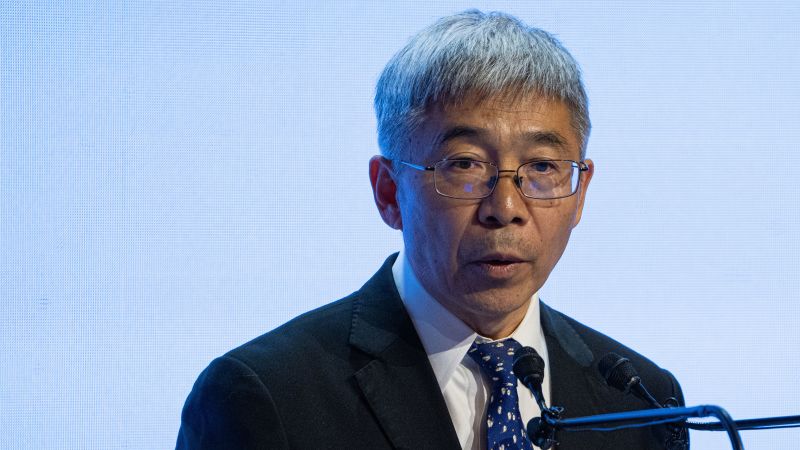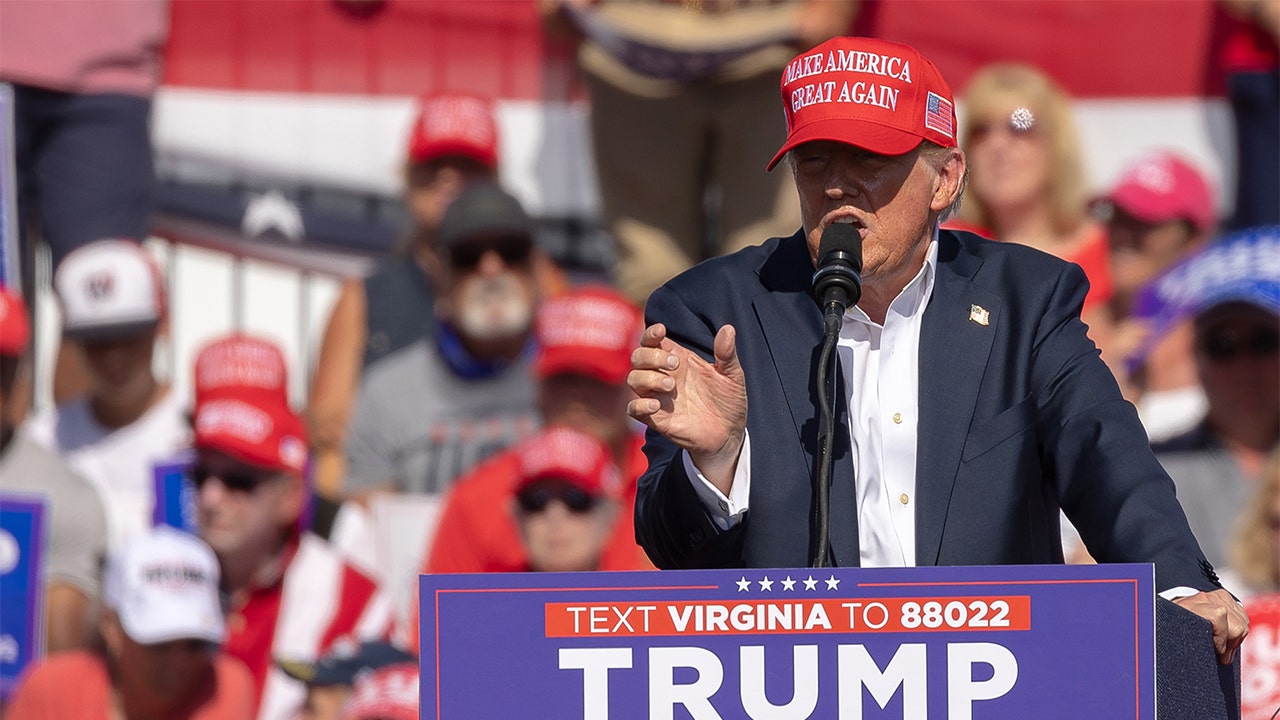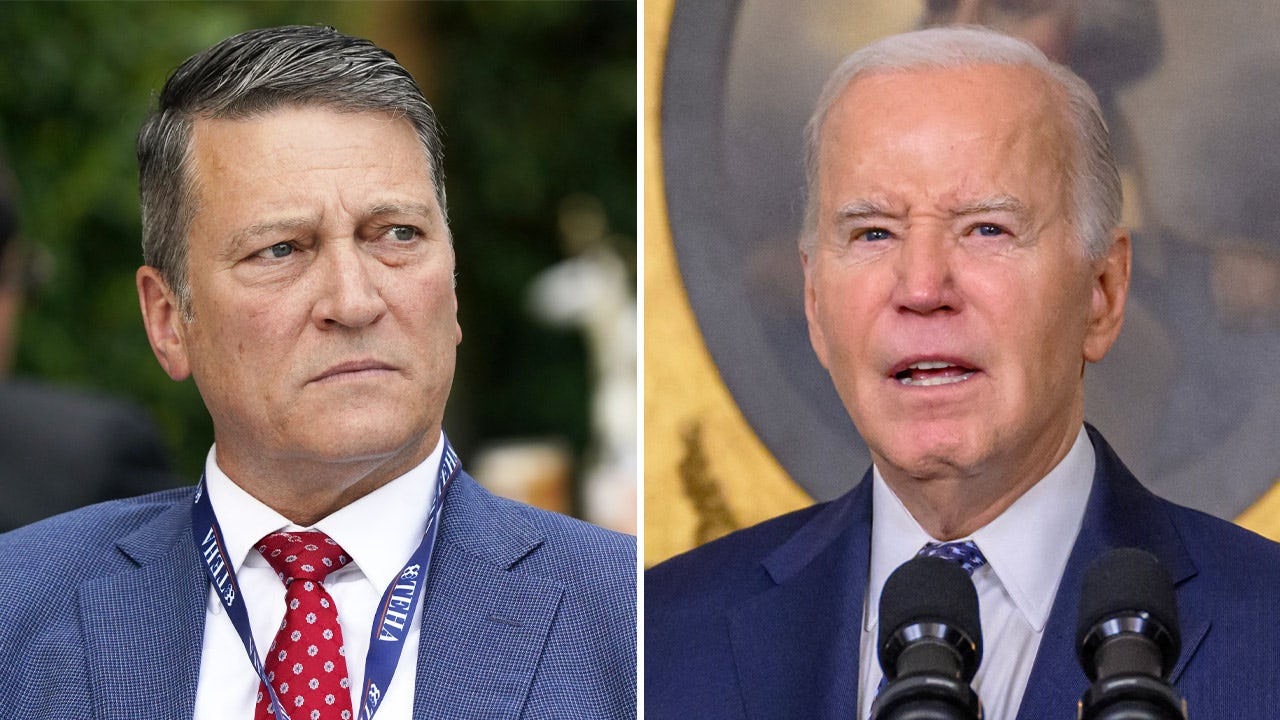Editor’s Note: Sign up for CNN’s Meanwhile in China newsletter, which explores what you need to know about the country’s rise and how it impacts the world.
Hong Kong
CNN
—
Senior Chinese officials have defended the state of the world’s second largest economy at a conference in Hong Kong, telling global financiers not to worry about prospects in China despite an uneven recovery and ailing property market.
In a recorded message, Vice Premier He Lifeng told the audience of international CEOs that China was on track to hit its growth target of about 5% this year, framing it as a much needed boost for the world economy.
“Since the beginning of the year, China’s economy has been picking up in general,” He said Tuesday at the Global Financial Leaders’ Investment Summit, which was organized by the Hong Kong Monetary Authority, the city’s de facto central bank. “It will certainly inject fresh positive energy into the global economic recovery.”
China’s economy enjoyed a solid start to the year after emerging from three years of Covid restrictions, but the recovery fizzled out in the second quarter. It is now grappling with mounting challenges, ranging from weak consumer spending and a deepening property crisis to a slump in foreign investment.
The vice premier’s virtual appearance was followed by an in-person panel of officials including Zhang Qingsong, deputy governor of the People’s Bank of China, who argued that despite recent headwinds, China’s economy was in good shape.
“Global investors have some concerns about China’s economy, including the pace of economic recovery, problems with property markets, and local government debt. You may ask me, ‘Are you worried?’” he quipped. “No, not always. Not too much.” The remark elicited laughter in the room.
Producing a series of slides to bolster his case, Zhang pointed to China’s working-age population of more than 900 million, its investment in research and development — which he said ranked second in the world — and its long-term status as an export powerhouse.
“The potential of the Chinese economy remains promising,” he told the audience, which included the heads of Goldman Sachs, Citi and Morgan Stanley.
Even in the face of increased global uncertainty, the foundation of China’s economy has not changed and remains “stable” from a long-term perspective, Zhang added. He also dismissed concerns about China’s government debt, calling its current level of 79.4% in line with the international average and “much lower” than other major economies.
In the third quarter, the economy regained some momentum, with gross domestic product up 4.9% compared to a year ago, according to official data released last month.
But the recovery appears uneven. Trade data released Tuesday showed a mixed picture in October, with exports falling 6.4%, far worse than the 3.3% drop economists had expected. That marked the sixth consecutive monthly decline in exports.
Imports, though, beat forecasts, growing for the first time in eight months with a 3% increase, compared to an estimated 4.8% decline.
But the country’s property sector, which accounts for as much as 30% of GDP, has remained a drag, thanks to a continued slowdown in home sales and cash crunch.
Zhang noted the concerns, though he tried to shrug them off by describing the situation as a process of “natural selection.” He suggested it was normal for the industry to experience ups and downs after years of continued expansion.
“Like in other industries, the rapid growth of the property sector cannot be sustained. And sometimes, the supply and demand will experience a major shift, and some correction may follow,” he said.
To stabilize the industry, the government has “ruled out” many policy measures this year, while introducing new ones to help shore up demand, added the central bank official.
These included the construction of dual-purpose facilities in urban areas, the speeding up of renovation projects in big cities and the building of more rental homes, which should stimulate activity, he said.
“Therefore, we’re quite optimistic about the future of China’s property market.”
Wang Jianjun, vice chairman of the China Securities Regulatory Commission, the country’s top securities watchdog, echoed the hopeful remarks, saying his peers had “told you that all the concerns [with China] have been addressed.”
Recently, China has lifted shareholding restrictions on foreign companies, while also granting more solely foreign-owned companies financial licenses, he added.
“At the moment, the mainland [Chinese] capital market is full of opportunities,” Wang said. “If you get on this train, then you will certainly [succeed].”




























